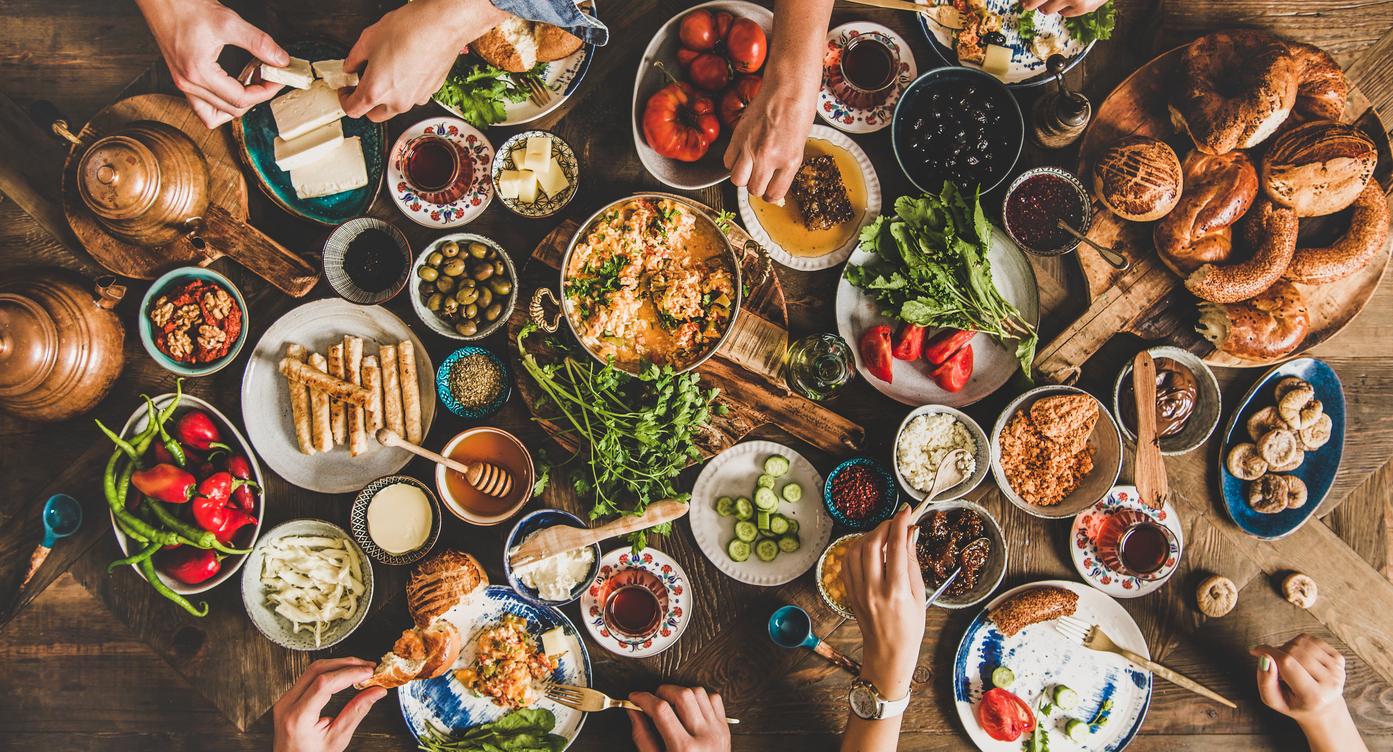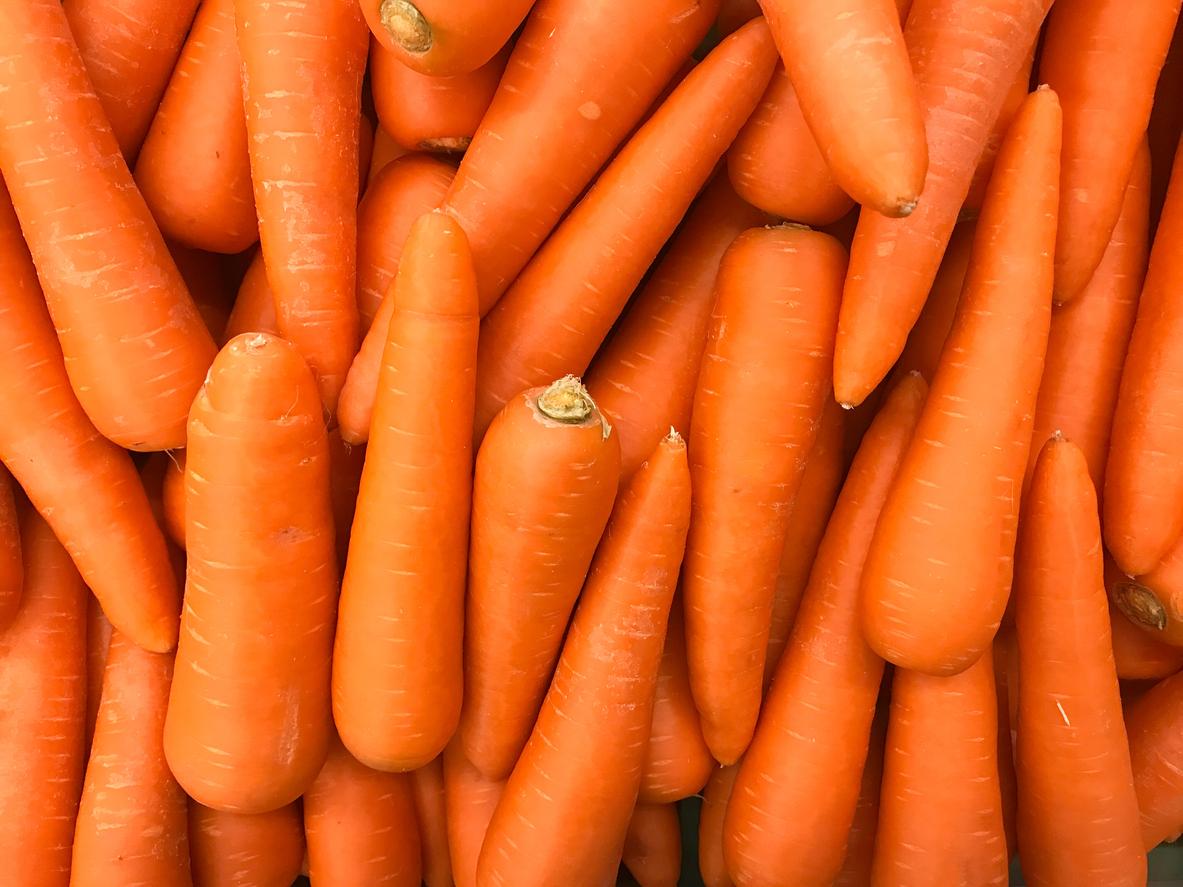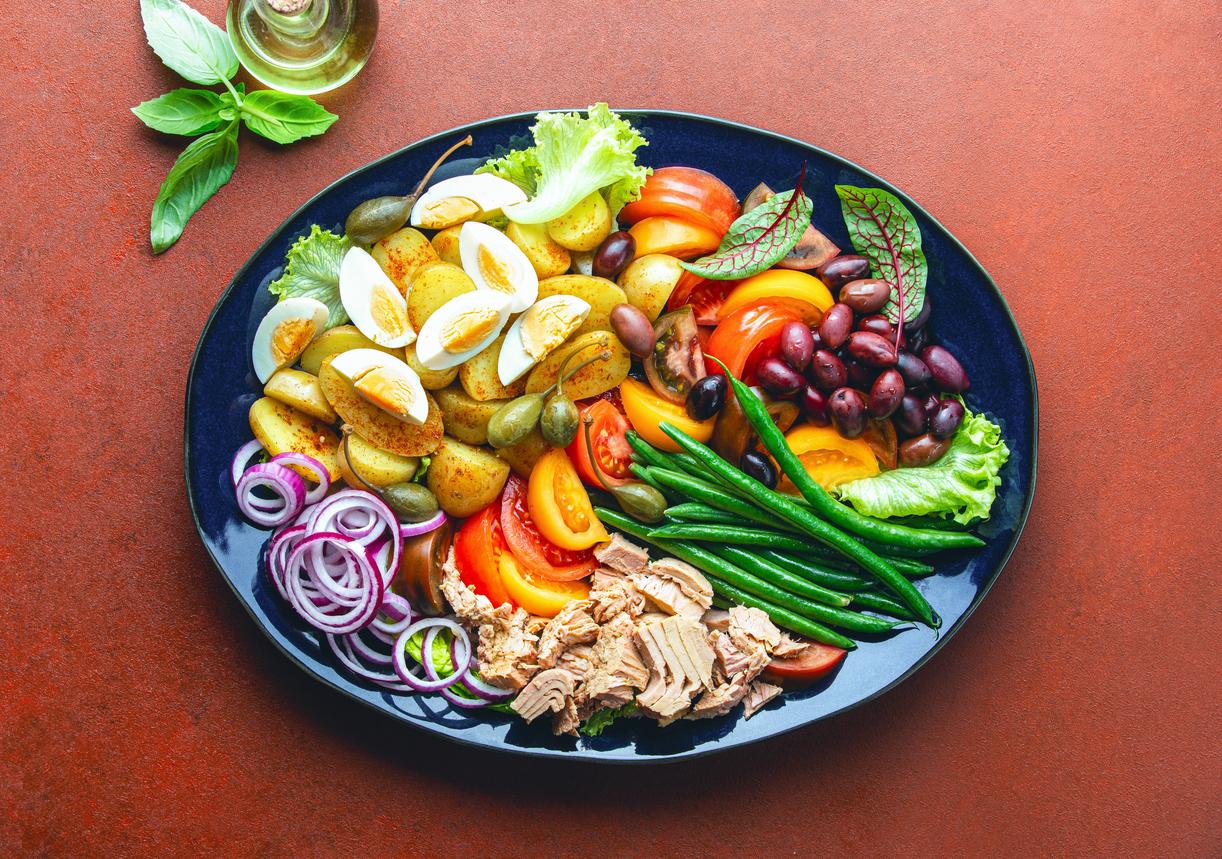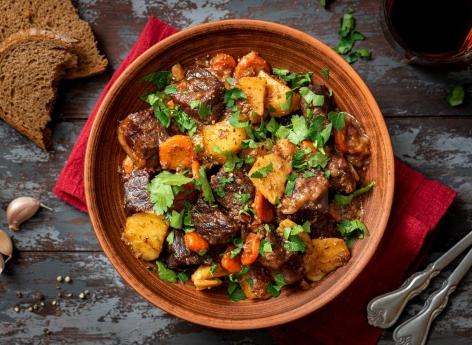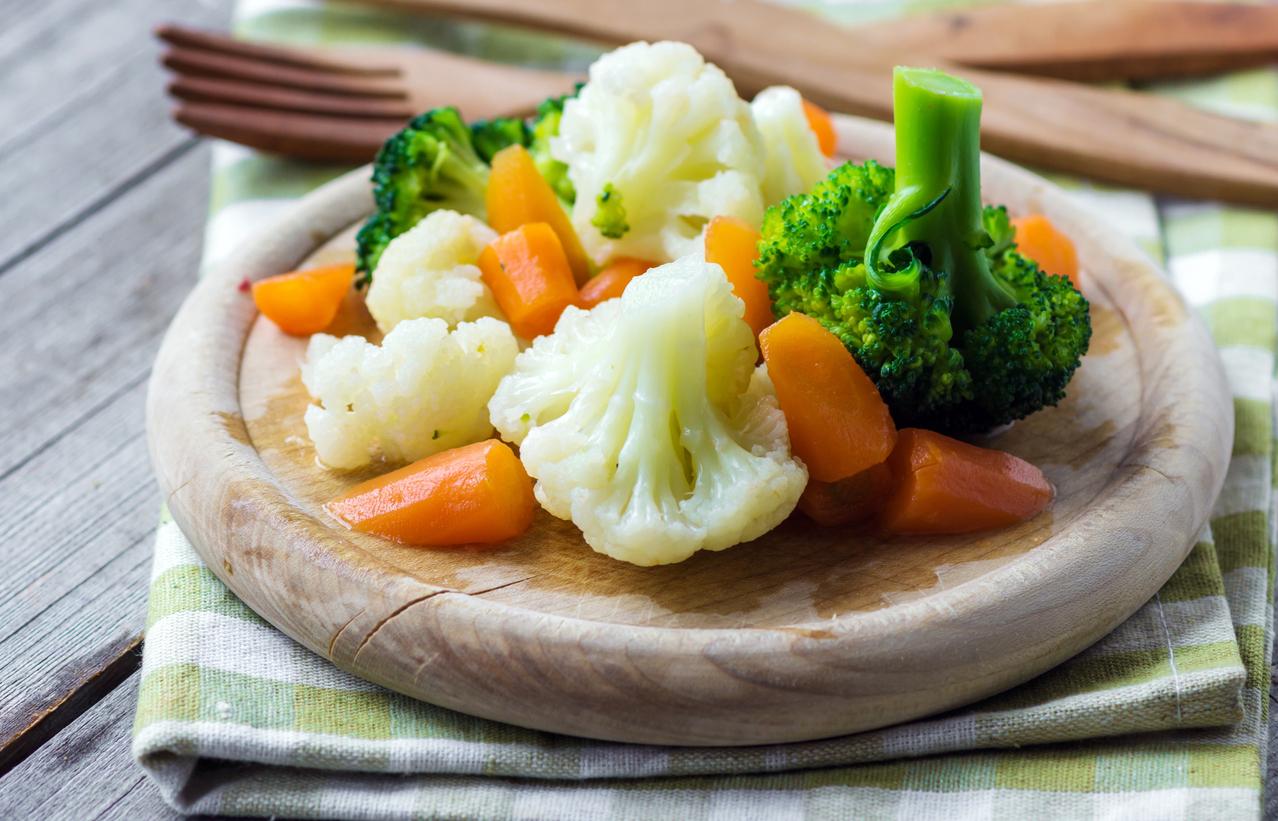Crosne, a source of protein
The crosne
A good source of protein and carbohydrates, crosne is an energy food (80 Cal per 100 g). It is in the thin film that surrounds it that most of its mineral salts (potassium, phosphorus, etc.) are concentrated.
The crosnes must be very firm. Their skin, clean and smooth. They dry out quite quickly due to their small size. Store them for a maximum of two days in a bag in the vegetable drawer of the refrigerator.
In the kitchen
Do not peel them, but rub them with coarse salt in a cloth. And rinse them before cooking. The flavor of crosne is reminiscent of salsify. It is cooked like a potato, boiled, sautéed or mashed. It is very tasty steamed and served lukewarm or in a salad.
advice : wash, boil the skulls for a minute, then, once cooled, freeze them. You will only have to cook them at the last moment.
Parsnip and its satiety effect
Parsnip
Energetic, rich in slow sugars but also in fructose, parsnip quickly calms hunger and induces a lasting feeling of satiety. It is also a source of vitamins C, B6 and B9 (folacin).
Good parsnips are clear, firm and unblemished. The skin should be smooth and almost shiny. Parsnip quickly loses its vitamins; if you need to keep it, wipe it dry, blanch it and place it in the refrigerator. Two days at most.
In the kitchen
Do not peel the parsnip, but brush it, then rub it with lemon. Its cooking time is variable: the more ripe and sweet it is, the faster it cooks. Its delicate flesh is a delight. Serve the raw parsnip, grated with the vinaigrette. Cooked in the pot, mashed, steamed or in sautéed slices. It is also delicious roasted in the oven, whole, with spices and garlic.
advice : Small parsnips are often sweeter and more fragrant.
Rutabaga, rich in fiber
Diuretic and mineralizing, rutabaga is a fairly light vegetable (34 Cal per 100 g) and rich in fiber. In addition, it contains phosphorus, zinc and folacin (vitamin B9), which is essential for red blood cells.
Rutabaga must be sold washed and present a beautiful pale green color. Avoid very large tubers which can be bitter or hollow. Place it in the fridge or in the vegetable drawer of your refrigerator. Above all, avoid inadvertently leaving it in the sun, as it will deteriorate quickly.
In the kitchen
To keep the rutabaga its color during cooking, consider adding a little lemon juice. If it looks bitter, add a little sugar. Rutabaga is a product rich in taste. It is interesting in a pot-au-feu, steamed, baked, gratin or, better yet, mashed.
Advice : avoid overly prolonged cooking which brings out the slightly strong flavors. Keep it very slightly crunchy.
Patisson with antioxidant power
Like squash and zucchini, patisson is a diuretic and laxative. It is remarkable for its richness in provitamin A with strong antioxidant power. Patisson is also good for the skin and mucous membranes.
Choose it almost white or light green. Her skin should be smooth and free from bruises. Note that those of small size are more tender and tasty. The delicate artichoke flavor of the patisson degrades quickly, so it must be consumed quickly. Do not keep it for more than two days in the vegetable drawer of the refrigerator.
In the kitchen
Do not peel the patties, just wash and dry them. Steamed and served with a dressing, roasted in the oven in large slices with a little garlic and olive oil or sautéed in a pan with fresh herbs, it is delicious. Also remember to prepare it as a soup or mash.
Advice : the sap of the patisson relieves light chapped hands. Cut it into slices and lightly rub the areas to be treated.
Jerusalem artichoke, rich in nutrients
Disinfectant and energetic (75 Cal per 100 g), this tuber has many virtues. It is rich in iron, potassium, zinc and magnesium. It is also a source of inulin, a valuable dietary fiber for good digestive health.
Tubers should be firm. Avoid especially those whose ends are tinged green, during germination. Fragile, Jerusalem artichoke deteriorates quickly after harvest. Do not keep it for more than a day or two in the refrigerator compartment.
In the kitchen
As soon as you have peeled your Jerusalem artichokes, rub them with half a lemon, then cook them immediately. Avoid prolonged cooking, as the flesh becomes very soft. Raw and grated, it is eaten in a salad with apples or endives. Cooked, it works wonderfully mashed with a knob of butter or sautéed in a pan with parsley.
advice : try Jerusalem artichoke flour, tasty and original for making quiches and pastries.
Nettle, vitamin C reserve
Stinging nettle is a real reserve of vitamin C (up to 100 mg per 100 g). Generous in mineral salts, it contains phosphorus, iron and potassium. Antirheumatic, it was once used to treat gout. Avoid plants that are too old and have large leaves, as their flavor is very disappointing. Nettle very quickly loses its vitamin C after picking; consume it immediately.
In the kitchen
Before starting a recipe, always take the trouble to rinse the nettles in cold water, then to immerse them for a few moments in boiling water: they lose their stinging power. Stinging nettle is traditionally eaten in soup. But it can also be mashed, adding potatoes for consistency.
advice : if you collect them, only take the young plants … with gloves!








